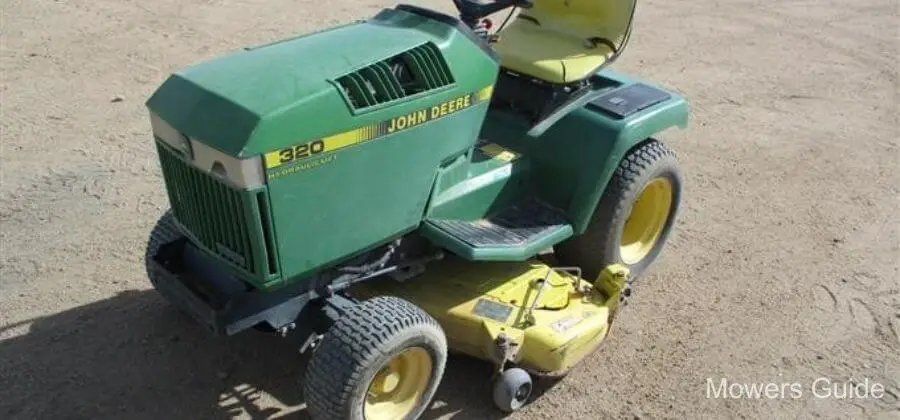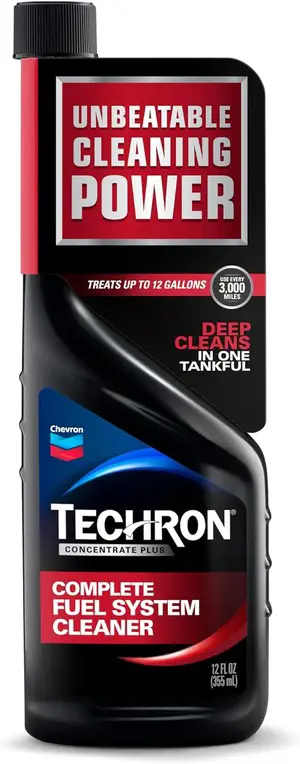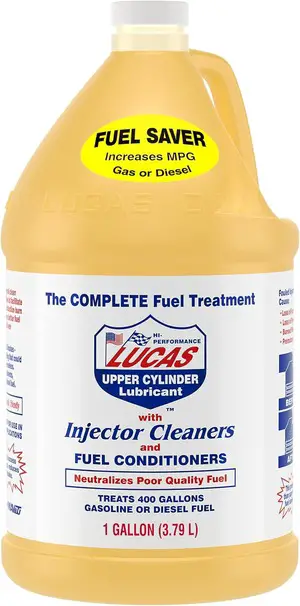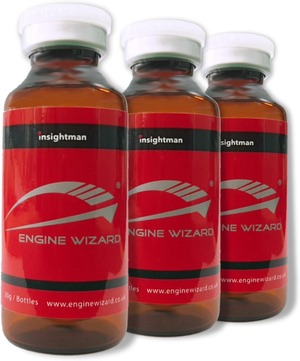7 John Deere 320 Skid Steer Problems (Solutions Included)

Ever have one of those days where your John Deere 320 just won’t start or something isn’t working right? We’ve all been there. As reliable as these machines are, they still have their quirks and issues like anything else. The good news is that the most common John Deere 320 skid steer problems are easy to diagnose and fix yourself. You don’t need to be a mechanic to get your skid steer back up and running.
7 John Deere 320 Skid Steer Problems & Solutions
The John Deere 320 Skid Steer is a reliable piece of equipment, but like all machinery, it has its share of common issues. Owners and operators might encounter problems ranging from hydraulic leaks to electrical malfunctions. Knowing these typical challenges can assist in timely maintenance and reduce machine downtime. The common problems with the John Deere Skid Steer 320 are given below:
1) Engine Problems
If your 320’s engine is acting up, check these common 320 skid steer problems first.
- The fuel filter could be clogged. Replace it every 200 hours. A dirty filter reduces power and performance.
- The air filter may need changing too. Swap it out every 150 hours or if the “check air filter” light comes on. A clean air filter is key to proper combustion.
- The alternator belt could be loose or damaged. Have the tension and condition checked every 100 hours. Without alternator power, the battery won’t recharge.
- Low engine oil reduces lubrication. Check the dipstick weekly and change the oil every 100 hours. Low oil pressure causes permanent damage.
- The cooling fan or radiator could have debris buildup. Have the cooling system serviced every 2 years or 500 hours. Overheating severely impacts engine life.
By properly maintaining your 320D skid steer, you’ll keep it running strong for years to come. Basic care goes a long way!
2) Hydraulic Issues
If the hydraulics on your 320 skid steer seem sluggish or unresponsive, it’s time to do some troubleshooting.
Clogged filters
Check the hydraulic filters—if they’re clogged, fluid can’t flow properly. Replace them immediately.
Low fluid
Pop the hood and check the hydraulic fluid reservoir. If the level is low, refill with the specified hydraulic fluid for your model to the “full” line. This should get your hydraulics working smoothly again.
Pump issues
If new filters and proper fluid levels don’t help, the hydraulic pump may need repair or replacement. Have a certified John Deere mechanic inspect and test the pump. Replacing a hydraulic pump is not a DIY task.
With regular maintenance like filter changes, hydraulic fluid checks, and pump inspections, your 320’s hydraulics can provide years of reliable service. Don’t ignore signs of trouble—get any problems checked out right away. The hydraulics power too many critical functions to neglect!
3) Electrical issues
The John Deere 320 skid steer loader relies heavily on electrical components to run its systems, so electrical problems are common. Check the battery, alternator, and wiring harness for any issues.
Your 320 won’t start if the battery is dead or damaged. Have the battery tested to confirm it’s still holding a proper charge. The alternator, which charges the battery, can also fail. If the battery light comes on while operating, the alternator may need replacement.
Faulty wiring causes many electrical gremlins. Inspect the main wiring harness for any loose, corroded, or damaged connections, especially near moving parts like the lift arms. Repair or replace damaged wiring to get your 320 back up and running. Electrical components like relays, fuses, and sensors can also malfunction, preventing the skid steer from operating normally. Consult your John Deere dealer’s service manual for troubleshooting and repair.
Staying on top of routine maintenance like battery cleaning, alternator belt tension, and general inspections will minimize electrical issues in your John Deere 320 skid steer and keep it running powerfully.
4) Fuel Problems
Fuel issues are common problems with the John Deere 320 skid steer loader. There are a few things you can check if your machine is having trouble starting up or losing power.
Fuel Filters
The fuel filters can get clogged over time and prevent enough fuel from reaching the engine. Replace the filters every 3–6 months or if you notice decreased performance. Two filters—one for the fuel tank and one for the fuel pump—should be swapped out.
Air in the Fuel Lines
Air pockets in the fuel lines are another frequent culprit. Bleed the fuel lines by loosening the fuel line connections at the injectors while the engine is running. Tighten the connections once fuel starts flowing out steadily. This allows the air to escape, so fuel can flow properly again.
Fuel Pump
If bleeding the fuel lines doesn’t help, the fuel pump may need replacement. Have a mechanic test the fuel pressure to determine if the pump is malfunctioning. A faulty fuel pump won’t deliver enough fuel to the injectors, starving the engine.
Injectors
Dirty or clogged fuel injectors can also disrupt engine performance and start. Cleaning or replacing the injectors may be required to restore power and efficiency.
Checking these fuel-related issues first can get your John Deere 320 skid steer up and running again quickly, so you can get back to work. Be sure to also fill the fuel tank with fresh diesel and consider adding a fuel stabilizer to prevent further skid steer problems.
5) Sudden Power Loss Problems
One of two problems is typically to blame when your John Deere 320 skid steer loader abruptly loses power:
Unexpected power loss in a diesel engine
One of the reasons a diesel-engine automobile loses power is a malfunctioning injection pump. Diesel fuel is distributed to each injector via an injection pump. When the injection pump pressure is below or above the advised pressure, the diesel engine will begin to have issues.
Regular maintenance, like fuel filter and alternator checks, can help prevent unexpected power loss in your John Deere 320. Addressing skid steer problems early will minimize downtime and keep your skid steer loader running strong.
6) Pressure issues
Pressure issues can cause major headaches with your Deere 320. There are a few common problems to look out for:
- Low hydraulic pressure means the John Deere skid steer loader won’t lift heavy loads or attachments as well as it should. Check the hydraulic fluid level and fill it if it is low. Air in the lines can also cause low pressure, so bleed the air from the hydraulic hoses and cylinders.
- High pressure in the tires reduces performance and handling. Let some air out of the tires to the recommended PSI, usually around 10 to 15 PSI. Over-inflated tires wear out faster, so check tire pressure regularly.
- Faulty pressure relief valves release too much or too little pressure. Have the pressure relief valves tested and replaced if needed. Malfunctioning valves impact how much pressure goes to the attachments and lifting arms.
- Pressure switch issues prevent the right amount of pressure from building up or releasing. Test or replace the pressure switches to restore proper pressure control.
Keeping an eye on pressures—whether hydraulic, pneumatic, or key components—will help your Deere 320 run smoothly and prevent damage. Be sure to check the operator’s manual for specifics on your skid steer model.
7) Wiring Problems
The John Deere Skid Steer has miles of wiring to control all its functions, so electrical issues are common. Check for any damaged or exposed wires, which can short out and cause problems. Also inspect wire connections and terminals for corrosion, which prevents current flow.
If your skid steer won’t start, won’t move, or components suddenly stop working, it’s likely a wiring or relay problem. Trace the wiring to find any breaks or fraying in the insulation. Clean up all grounding points to ensure good contact. Check that safety switches and relays are functioning properly. Faulty relays, especially the main power relay, can prevent the engine from starting or operating attachments.
Have a certified John Deere technician test all wiring and components if issues persist. Complex electrical problems are best left to the professionals to diagnose and repair to avoid potential hazards. Keep your 320’s wiring in top shape with regular inspections and preventative maintenance.
Conclusion
Here are the seven most common problems you’re likely to encounter with your John Deere 320 skid steer, along with how to fix them. These versatile machines can handle a lot, but like all mechanical devices, they will eventually develop issues.
Fortunately, many of these problems are easy to fix yourself or inexpensive to have repaired. By keeping up with routine maintenance, watching for early warning signs of larger problems, and not being afraid to troubleshoot, you can help your 320 run strong for many years to come.
Keep Your Mower Healthy
|
Chevron Techron Concentrate Plus Fuel System Cleaner 
Shop Now
|

Shop Now
|
Engine Oil Additive, Engine Treatment, Wear & Tear Protection for Gasoline & Diesel 
Shop Now
|
FAQs
What kind of engine powers a John Deere 320 skid steer?
A four-cylinder, liquid-cooled, turbocharged diesel engine with 66 horsepower powers the John Deere 320 skid steer loader.
How much horsepower does a John Deere 320 have?
The John Deere 320 had a “square” engine since it had a 100-cubic-inch displacement and a 4-inch bore and stroke. This engine produced 22 horsepower at the drawbar and nearly 25 horsepower at the PTO.
How quickly does a John Deere skid steer move?
For quick work cycles that increase productivity even further, a standard two-speed transmission offers travel rates of up to 12 mph. A low center of gravity, a 34-degree bucket rollback, ride control, and optional hydraulic self-leveling all aid in maintaining heavy forks and full buckets.
For more outdoor vehicle problems and fixes visit here and for more guides related to mowers visit Mowers Guide

